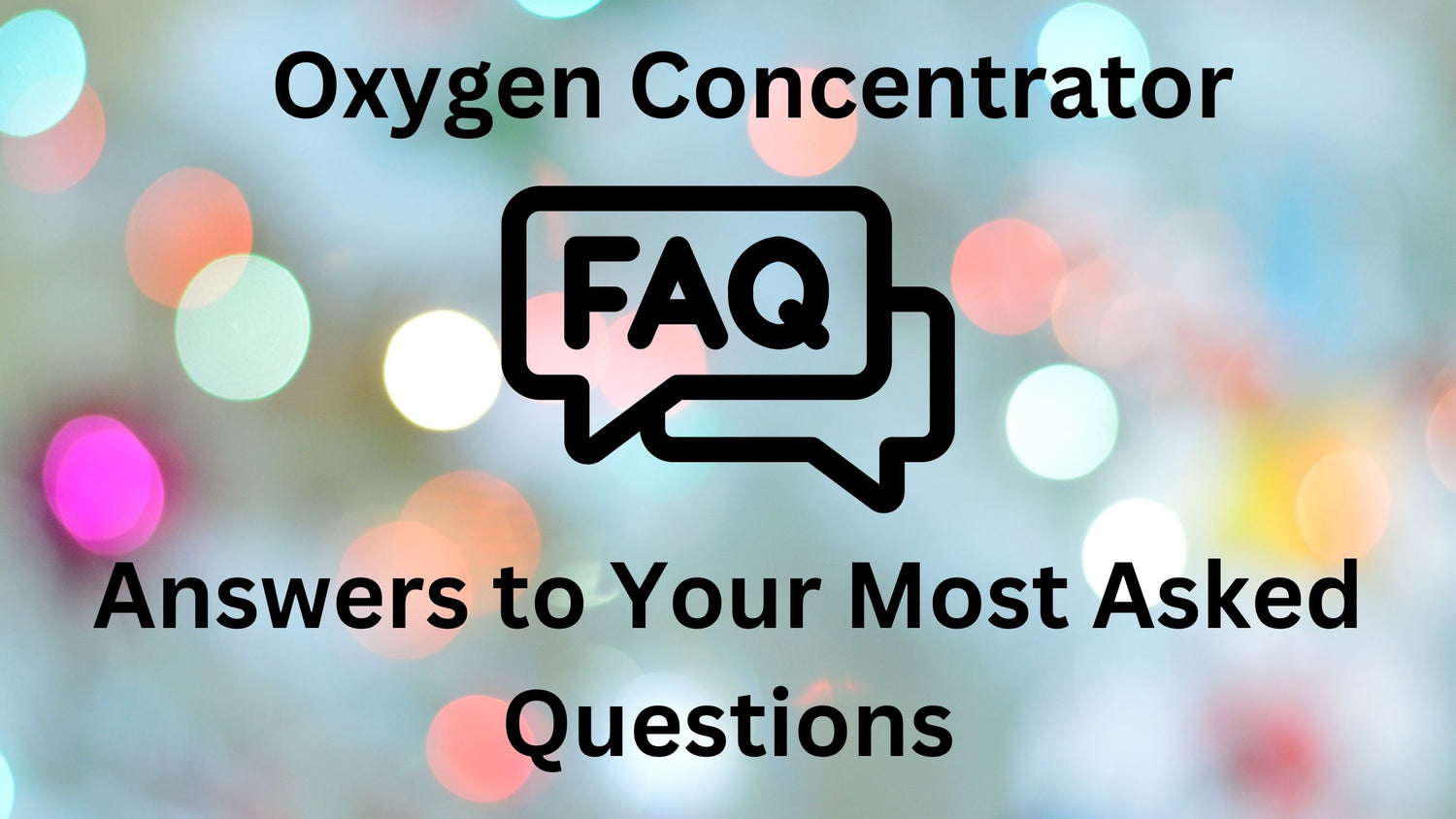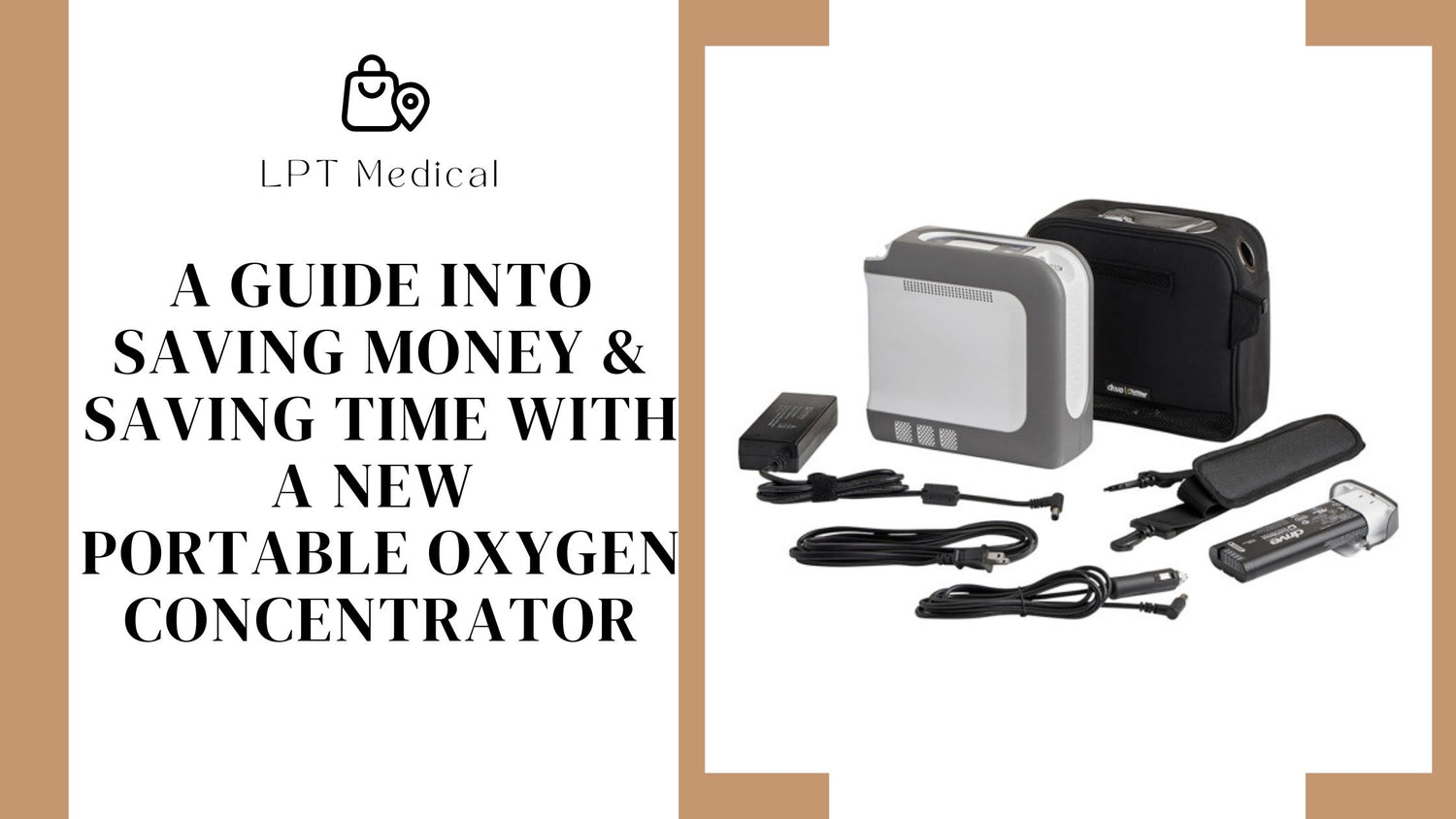Respiratory Resource Center - LPT Medical
Oxygen Concentrator FAQs: Answers to Your Most Asked Questions
In this day and age, it’s harder than...
Read MoreA Resource Guide for COPD Patients who Struggle with Mental Health
COPD effects more than just your lungs and...
Read MoreA Guide Into Saving Money & Saving Time With A New Portable Oxygen Concentrator
Is spending the upfront cash on a high-quality...
Read More


